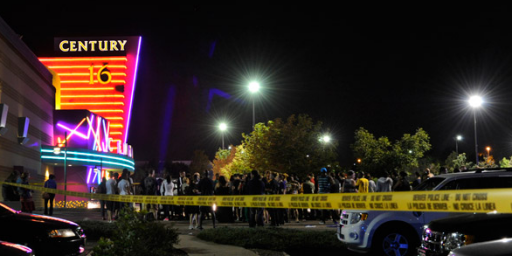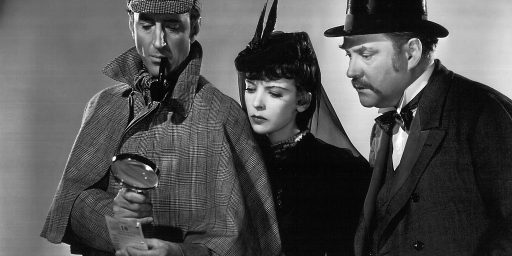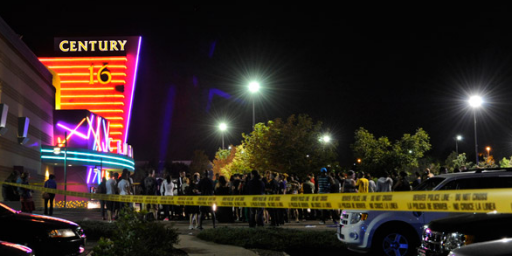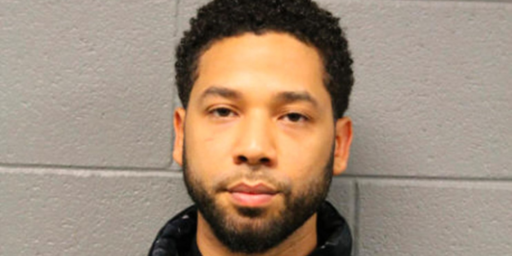DECLINE OF THE MYSTERY NOVEL
Craig Henry laments the increased violence and gore in the modern incarnation of the mystery genre.
Great detective stories and mysteries are profoundly moral at their core despite being hugely entertaining Sadly, the “evolution” of the detective and mystery genre in recent years has focused on eroding that core.
***
Once upon a time a single murder was enough to propel a novel. Many short stores, in fact, had no mayhem at all. Holmes foiled bank robbers, jewel thieves, and blackmailers in many of the stories. Now we seem to be obsessed with serial killers. Without a high body count, a novel gets relegated to “cozy” status.
Figures like Holmes or Peter Wimsey are fictional and bear little resemblance to real detectives. But they are hyper-realistic compared to the serial killers in modern thrillers. Writers like Thomas Harris have turned the detectives into somewhat intelligent bureaucrats while making the killer the one endowed with the rare mind. Philip Marlowe is only the ” personification of an attitude, the exaggeration of a possibility;” Hannibal Lector bears no resemblance to real serial killers. He is the personification of an impossibility as a criminal, but the perfect example of moral rot as an “artistic” creation.
I’m personally a big fan of (Dr.) Robert B. Parker’s detective stories, especially his longrunning (since 1973) Spenser series. Parker focuses mainly on character development and the interaction between Spenser and Hawk provide some of the best repartee anywhere.






This is hardly the recent development the writer is complaining about. Agatha Christie novel generally featured three murders, the last two normally committed to hide the culprit in the first. Nero Wolfe also rarely solved single killings; nor did Peter Wimsey.
Recent novels are more realistic, rather than the tidy corpse in the drawing room of the traditional British mystery. But the biggest change is really that they are more novelistic. The heroes are more flawed because they are more complex. Hercule Poirot was nothing but a set of eccentricities; Christie’s stories were clever puzzles, but in everything that makes a good novel – character, dialog, setting, story, development, Christie was hopeless. Kinsey Milhone and Peter Drecker, like most modern detective heroes, are real characters in real novels.
Thomas Harris is a writer of thrillers and really not a part of the mystery genre at all. Before he created Hannibal Lecter, he first became famous for writing a (fairly decent) thriller about a terrorist attack on the Super Bowl.
My main complaint is the dilution of the meaning of the word “mystery” in terms of genre – in other words, its complete fusion, IMO, with the “thriller/crime drama” genre. In my mind, these are two totally separate types of novels, and shouldn’t be together. It just makes it harder for someone like me, who reads mystery novels for the puzzles, to find what I’m looking for.
But then, I’m a bit of a traditionalist, so YMMV.
Hm. No time to go through the canon of Lord Peter short stories. But a quick review of the novels he is featured in suggests that most did center on only one murder:
The Documents in the Case
The Five Red Herrings
The Unpleasantness at the Bellona Club
Have His Carcass
Clouds of Witness and
The Nine Tailors (her masterpiece)
revolve around single murders.
The two that produced–to my recollection–multiple bodies (Unnatural Death and Murder Must Advertise) still concerned themselves mostly with a “main homicide,” and only used the subsequent deaths to show how committing one murder corrupted the soul and tended to lead to another. Besides, Sayers later admitted that she wrote Murder Must Advertise in order “to keep the wolf from the door,” and I’m not sure I think it should count. (Though it includes a fabulous take-off on office politics, set–as it is–in an advertising agency.)
In fact, if you factor in Gaudy Night, in which attempted murder is the worst crime–and most of the mystery surrounds acts of vandalism–the body count for Sayers novels drops even lower.
For me, the puzzle is the thing. I used to love the old Banacek series on television in the 70s, because it had the cleverest crimes. And they were all thefts–not a murder among them (Banacek worked for an insurance company).
We need puzzles. Oh, yes.
—